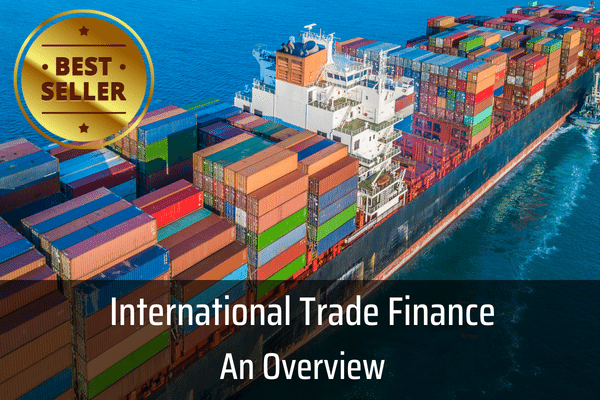There are no items in your cart
Add More
Add More
| Item Details | Price | ||
|---|---|---|---|
It has always been a challenging task to combat money laundering for banks, but now, with the increased use of digital payments, bitcoins, cryptocurrency and all things digital, the financial world is evolving at such a pace that the capacity of banks to keep up with new money laundering techniques is not enough. Here comes the need to use artificial intelligence and machine learning to combat money laundering.

There is no single definition of AI, but putting simply -
AI is the theory and development of computer systems, able to perform tasks normally requiring human intelligence such as reasoning, making decisions or solving complex problems.
The very nature of combating money laundering is to be able to visualise and identify complex and hidden patterns and connections involved in the movement of money and then inferring potential anomalies and risks which need to be looked deeper. And how can that be possibly done? By extensive analysis of the enormous amount of data and information generated related to these financial transactions. This is where the use of AI/ ML can become a game changer if applied effectively and efficiently.
There are basically two approaches used in AI modelling for AML compliance.
The Rule Based Approach - In this method the AI model is trained using certain rules to detect anomalies and raise alerts. These rules are set by AML experts. So, in a rule based approach, it basically follows a ‘if —’ then ‘do -’ approach. There may be certain thresholds defined and mathematical calculations determine if any predefined condition is met by a transaction so as to flag it as suspicious.
For example, one such rule may be - “Flag repeated transactions of value more than $10,000 within a span of 7 days”. So here, $10,000 and 7 days are the predefined thresholds.
In a rule based approach the explainability of the outcome is easy and it is also easy to customise the AI model according to the finer requirements of a particular organisation.
The Machine Learning Approach - Machine learning is a sub field under the broader field of artificial intelligence. It can be defined as a -
“Field of study that gives computers the capability to learn without being explicitly programmed” - Arthur Samuel
In a very simple way, Machine Learning (ML) can be explained as automating and improving the learning process of computers based on their experiences without being actually programmed i.e. without any human assistance.
In most cases, when machine learning is applied for AML compliance, it is applied over and above the rule based approach to fine tune the system and minimise the number of false positives.
Google Cloud has joined hands with HSBC for a trial to use machine learning to detect money laundering. After a successful trial, Google Cloud has launched its product ‘Anti Money Laundering AI’ or AML AI for large scale applications.
The main differentiator of this product is that it does not use the traditional rule based approach. Instead, it uses machine learning to detect money laundering using a holistic view of customer data. It is an API which can be integrated in the bank’s back-end software.

Source: Google Cloud
It is a model that learns automatically from the various customer data provided to it by the bank like KYC, transactions etc. and combines this with previously identified risk events to give a holistic risk score for the compliance team to review the high-risk cases. Based on the action taken by the compliance team, a feedback loop fine tunes the model to adjust itself to be more and more accurate. Another very important factor is the explainability of the risk score about why a transaction has been flagged and what parameters have been considered to create the risk score weightage.
The trial with HSBC showed that this tool resulted in 2-4 times more detection of suspicious activities as well as a whopping 60% reduction in alert volumes.
WANT TO READ MORE?
Already signed up/ logged in? Then you are all set!

Easy Explanation of International Trade Payment Methods like LC, Collections, BG etc and Incoterms 2020

Types & Uses in International Trade | URDG 758 & ISP 98 - Main Points | Clauses & Examples | Related SWIFT Messages

Jump start your Trade Finance career with this 4-in-1 course package - Trade Finance Overview, Letter of Credit, Bank Guarantees and Incoterms® 2020